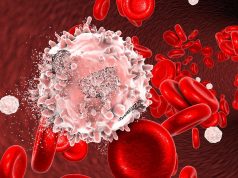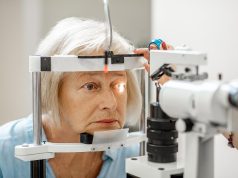Authors say model is designed to complement, not replace, endoscopic evaluation
By Lori Solomon HealthDay Reporter
TUESDAY, July 22, 2025 (HealthDay News) — A model based on noninvasive tests shows high accuracy as a digital tool for the rapid identification of children with inflammatory bowel disease (IBD), according to a study published online July 12 in the Journal of Inflammation Research.
Hailin Wu, from the Children’s Hospital of Fudan University in Shanghai, and colleagues sought to establish and validate the optimal model of noninvasive evaluation tests to help clinicians with the early identification of pediatric IBD. The analysis included data on noninvasive features from 314 pediatric patients (IBD, 103 participants; non-IBD, 211 participants).
The researchers found that the ultrasound feature of Limberg level >1 (bowel wall thickening with blood flow) was identified as the most valuable feature, followed by the erythrocyte sedimentation rate, fecal calprotectin, C-reactive protein, and hypoalbuminemia. For clinical symptoms, the most valuable feature was active perianal abscess or fistula. Based on these features, the model showed high accuracy and robustness in both internal validation (area under the curve, 0.97) and temporal external validation (area under the curve, 0.94).
“We developed a model based on rapid, simple, and cost-effective noninvasive tests and demonstrated its potential as a digital tool for the early identification of children with IBD,” the authors write. “Importantly, it is designed to complement, not replace, endoscopic evaluation.”
Copyright © 2025 HealthDay. All rights reserved.








